Where does the agency end, and the crowd begin?
Ben Malbon
03/02/2010
I went to the ‘Crowdsourcery Potions 101′ event at JWT yesterday as part of Social Media Week in NYC. Not so sure about the event name, but the content was great, and the panel line up was genuinely stellar.
We watched John Winsor (Victors & Spoils Founder) lead a discussion that featured Ty Montague (Co-President & CCO, JWT North America), Saneel Radia (Alchemist / Chief Potion Master, Denuo), Michael Lebowitz (Founder & CEO, Big Spaceship) and the inimitable Faris Yakob (Chief Technology Dude, McCann NY).
Thanks to the appliance of science, the whole thing is viewable at the bottom of this post, on video. Lots of useful, practical discussion around the kind of cultures, systems, and processes that would enable new forms of creative collaboration. I particularly liked the metaphor of ‘scaffolding’: the structures that are required for successful collaboration efforts (the filters, the creative direction, the incentive model, the access requirements, and so on).
Anyway, I was struck by one area of the debate in particular, and I’ve been reflecting on that since. There were a number of observations about how business models (around agencies, and how they construct themselves, most specifically) were being challenged, and indeed how the definition of what constituted ‘the agency’ was evolving rapidly in new and interesting ways.
As Ty Montague suggested, ‘we’re on the verge of a remaking of business and what a company is’. Bold and exciting words from the leader of one of the largest and most powerful agencies around. In particular, Ty was talking about a point John Winsor had made just a moment before, around the idea that the distinction between JWT and *beyond JWT* was blurring, and would continue to blur. As creative businesses continue to experiment with new models of creative collaboration, and explore different approaches to maintaining a creative arsenal comprising the highest quality individuals and partners, it is inevitable that which was once almost wholly contained within an agency will become, to some extent, located outside the formal confines of that business.
Creative agencies need to move towards becoming permeable organizations. Those in networks need to be reconfigured as networked organizations versus simply organizations within networks. Creative business must be able to draw on not just the talent within the building, but the many skills and areas of expertise that lie beyond those walls. And they need to be able to draw on this external resource. Like immediately. Certainly within BBH Labs we believe this is the *only* way the future can look; and of course it comes with challenges.
For us (probably like many, I’m in no way suggesting we’re unique here), this means building and curating a broader group of people and companies with whom we create and produce ideas, and of course, we’re busy doing just that. It was an ex-CEO of Sun Microsystems who once said, ‘no matter where you work, most of the smart people work somewhere else’. Whilst challenging to orthodoxy, there’s definitely something in that.
Back to Crowdsourcery Potions . . . Ty was hinting that one logical manifestation of this philosophy would be the formation of a broader pool of potential creative collaborators, perhaps more akin to the curated creative group put together by the team at Victors & Spoils. I also sometimes think the Alessi example is helpful here. Alessi occasionally put together hand-picked ‘crowds’ outside their company to help them on specific projects. So for example, on their program to create new ‘postmodern’ style product designs, they curated an invite-only ‘crowd of around 200 postmodern architects to submit work. This seems smart. It also signals a potential way forward for agencies looking to innovate new modes of creative collaboration.
But it also raises what for me is *the big question*. In fact, two related sets of questions.
1. CULTURE: If the culture of an organization is one of the key elements of differentiation between one agency and another, when does the definition of an agency blur to the point of intangibility? When does JWT (or BBH, or Victors & Spoils, or IDEO for that matter) cease to be JWT? When does JWT become Victors & Spoils? When does it simply become a set of senior and experienced curators of skills, talent and partnerships? And does this matter, if it does happen?
2. INCENTIVES: What kinds of models are right for incentivizing the crowd? If the model of the future is going to involve fluid boundaries between ‘working for’ and ‘working with’, what does that mean for how people are incentivized? Not just in the crowd outside the agency, but within the crowd inside the agency? And linked to the first point, what value does one place on the cultural DNA found within agencies (which surely *must* have a commercial value) versus the more flexible and emerging skills found outside?
Early days, but exciting days.
All ideas, challenges, thoughts or builds welcome.
